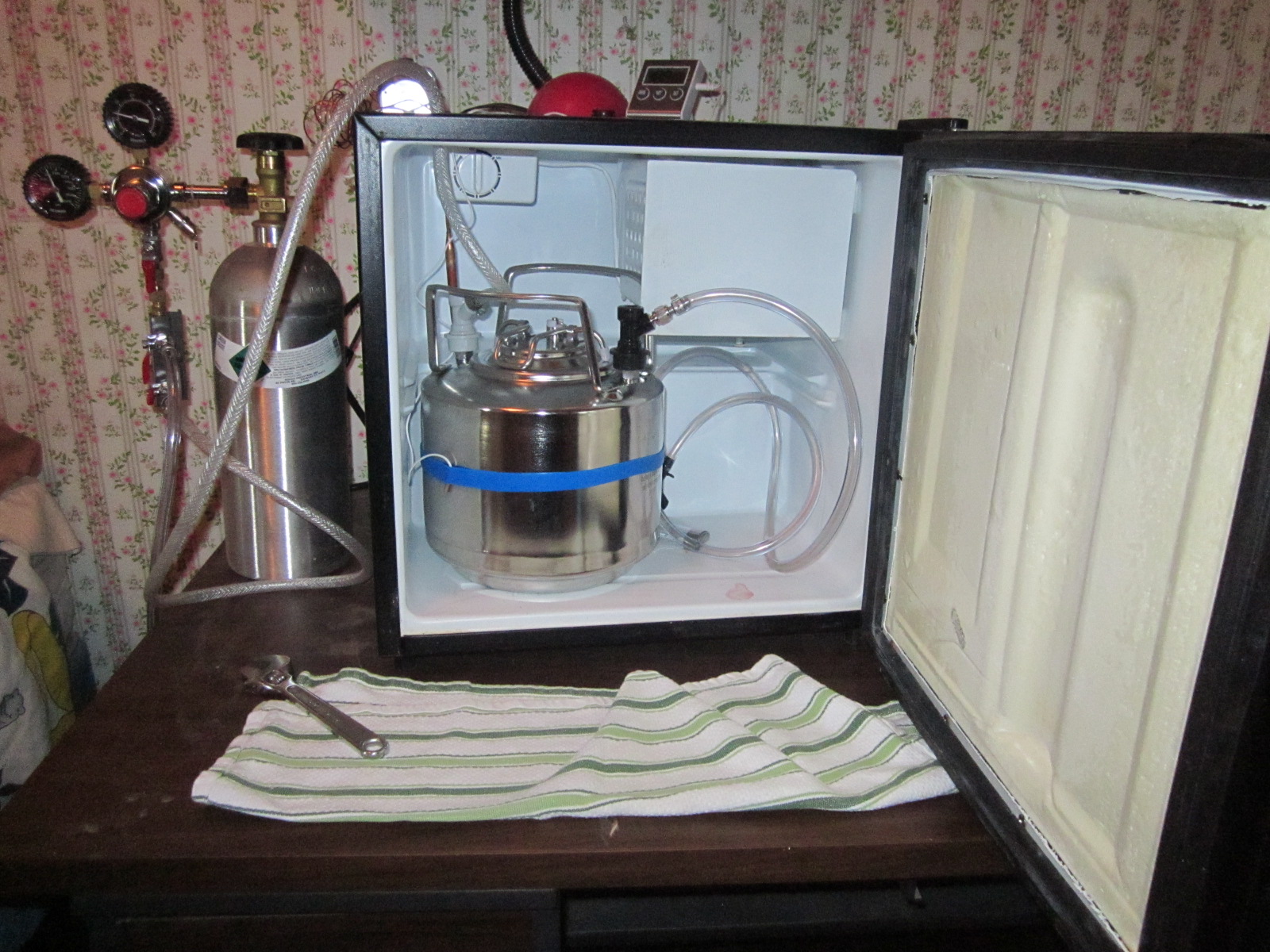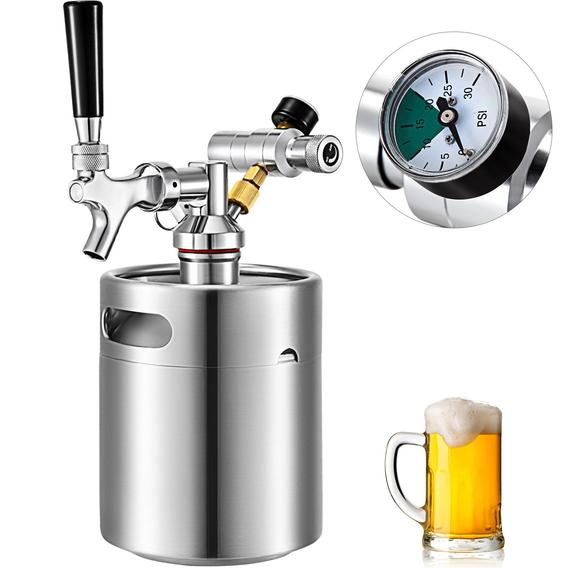Fern0022
Active Member
- Joined
- Aug 27, 2021
- Messages
- 25
- Reaction score
- 2
Hello all, I’m attempting my first go at backsweetening a cider/wine to bottle carb. The recipe I’m following calls for 1/4 cup of dissolved brown sugar in water. However I want to incorporate a can of apple juice concentrate for added flavor. The nutritional facts on the juice can reads 27g of sugar, and a quick google of the nutritional facts on a 1/4 cup of brown sugar, reads 53g. Roughly half.
I know nutritional facts aren’t an exact science. But common sense tells me to add the can of juice and roughly 1/3 cup of brown sugar to achieve a addition of sugar.
Thoughts?
I know nutritional facts aren’t an exact science. But common sense tells me to add the can of juice and roughly 1/3 cup of brown sugar to achieve a addition of sugar.
Thoughts?



















![Craft A Brew - Safale S-04 Dry Yeast - Fermentis - English Ale Dry Yeast - For English and American Ales and Hard Apple Ciders - Ingredients for Home Brewing - Beer Making Supplies - [1 Pack]](https://m.media-amazon.com/images/I/41fVGNh6JfL._SL500_.jpg)






































